Trees add beauty, shade, privacy, and value to any property—but choosing the right one for a small yard can be tricky. Plant the wrong tree, and you could end up with damaged foundations, blocked sunlight, or a plant that quickly outgrows its space. On the other hand, the right tree can transform even a modest yard into a welcoming green retreat.
If you’re working with limited space, careful planning is essential. Here’s everything you need to know about choosing the perfect tree for a small yard, from size and growth habits to maintenance needs and overall design.
Why Trees Matter in Small Yards
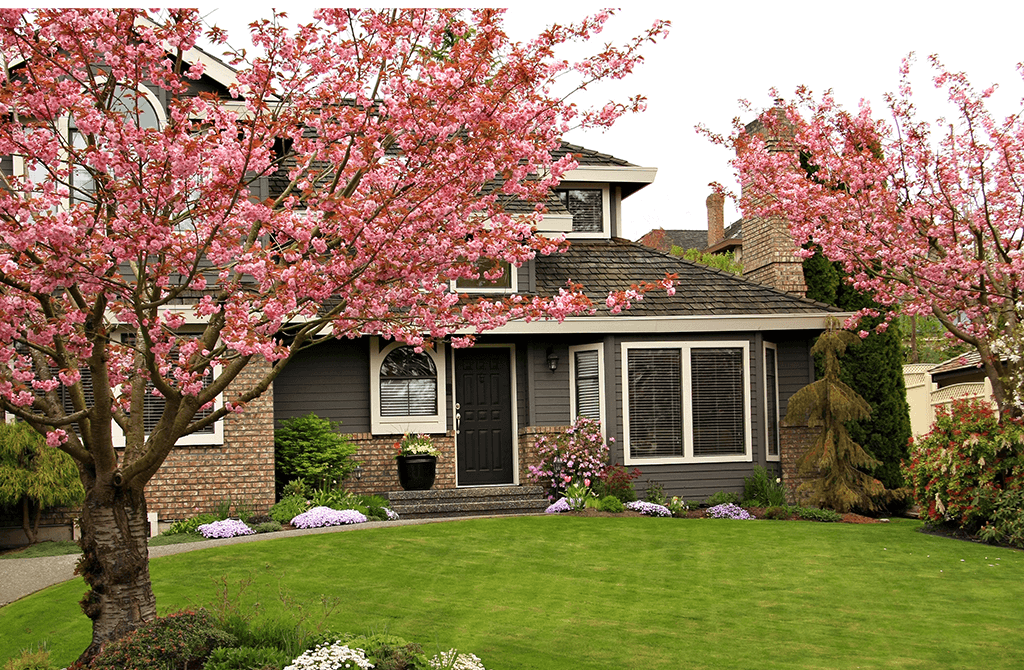
Even in small landscapes, trees serve multiple purposes:
- Shade: They cool your yard and reduce energy bills.
- Privacy: A well-placed tree can block views of neighbors or busy streets.
- Wildlife Habitat: Birds, bees, and butterflies benefit from tree cover and food sources.
- Aesthetic Appeal: Trees add structure, seasonal color, and focal points to a garden.
- Property Value: A thoughtfully chosen tree can boost curb appeal and resale value.
The key is selecting a species that provides these benefits without overwhelming the space.
Step 1: Know Your Yard’s Limitations
Before you pick a tree, evaluate your space.
Key Considerations:
- Size of Yard: Measure available planting space and the distance from your home, driveway, and fences.
- Sunlight: Does the area get full sun, partial shade, or mostly shade?
- Soil Conditions: Check for clay, sandy, or loamy soil, and test drainage.
- Climate Zone: Choose trees that thrive in your USDA Hardiness Zone (or local equivalent).
- Utilities & Structures: Be mindful of overhead power lines and underground pipes.
Budget Tip: Many local extension offices or garden centers offer free advice on soil and plant suitability for your region.
Step 2: Prioritize Tree Size and Growth Habit
In small yards, size matters more than anything else.
Consider:
- Mature Height: Choose trees that won’t grow taller than 20–30 feet if you have limited space.
- Canopy Spread: A narrow or columnar tree may work better than one with a wide, sprawling crown.
- Root System: Avoid trees with aggressive roots (like silver maples) that can damage sidewalks or foundations.
- Growth Rate: Fast-growing trees may offer quick results but often have weaker wood and shorter lifespans.
Step 3: Match Trees to Your Yard’s Purpose
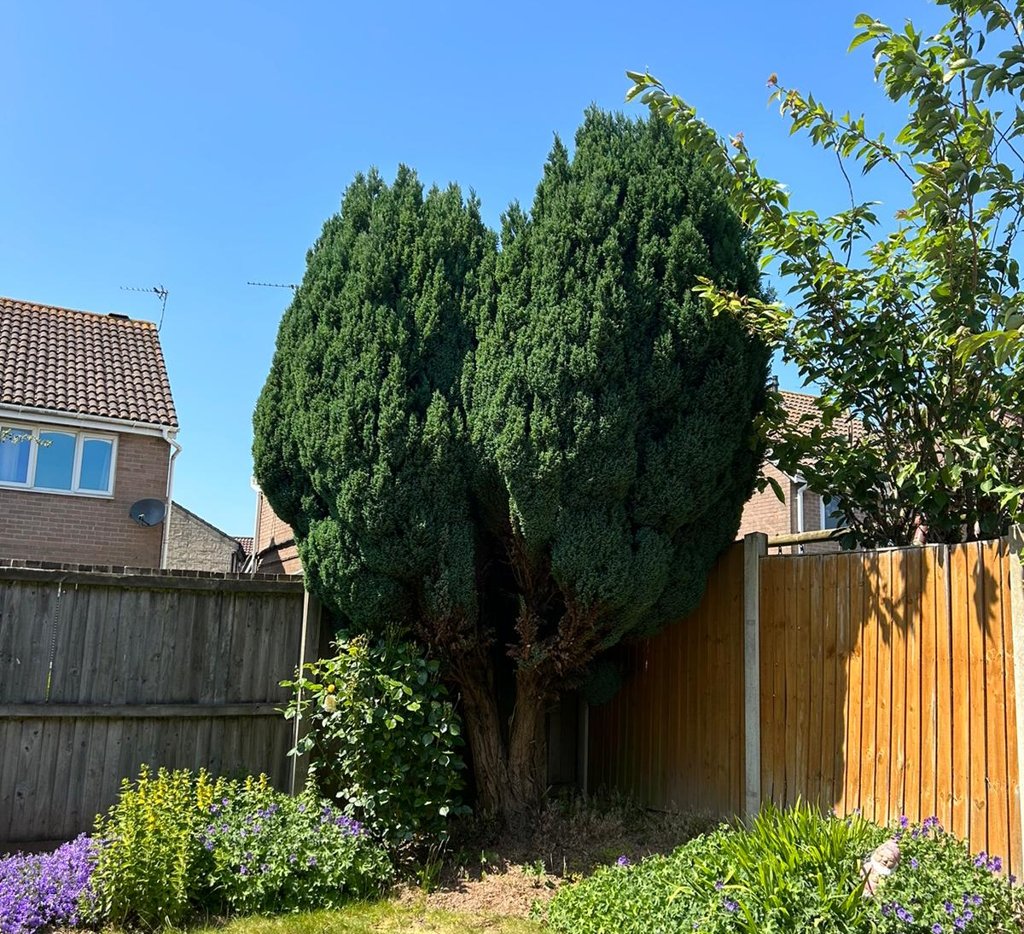
Think about what you want your tree to do.
For Shade:
- Japanese Maple
- Serviceberry
- Redbud
For Privacy or Screening:
- Columnar Hornbeam
- Eastern Red Cedar
- Arborvitae
For Seasonal Interest:
- Dogwood (spring blooms)
- Crabapple (spring flowers and fall fruit)
- Ginkgo (brilliant golden fall foliage)
For Edible Yards:
- Dwarf Apple or Pear Trees
- Fig Trees (in warm climates)
- Pomegranate
Step 4: Focus on Low-Maintenance Options
If you don’t want to spend weekends pruning or cleaning up fallen fruit, choose trees with minimal care needs.
Low-Maintenance Picks:
- Amelanchier (Serviceberry): Offers spring flowers, edible berries, and fall color.
- Japanese Maple: Beautiful foliage with little mess.
- Crape Myrtle: Drought-tolerant and long-blooming.
- Magnolia ‘Little Gem’: Compact variety with fragrant flowers.
Step 5: Think About Year-Round Interest
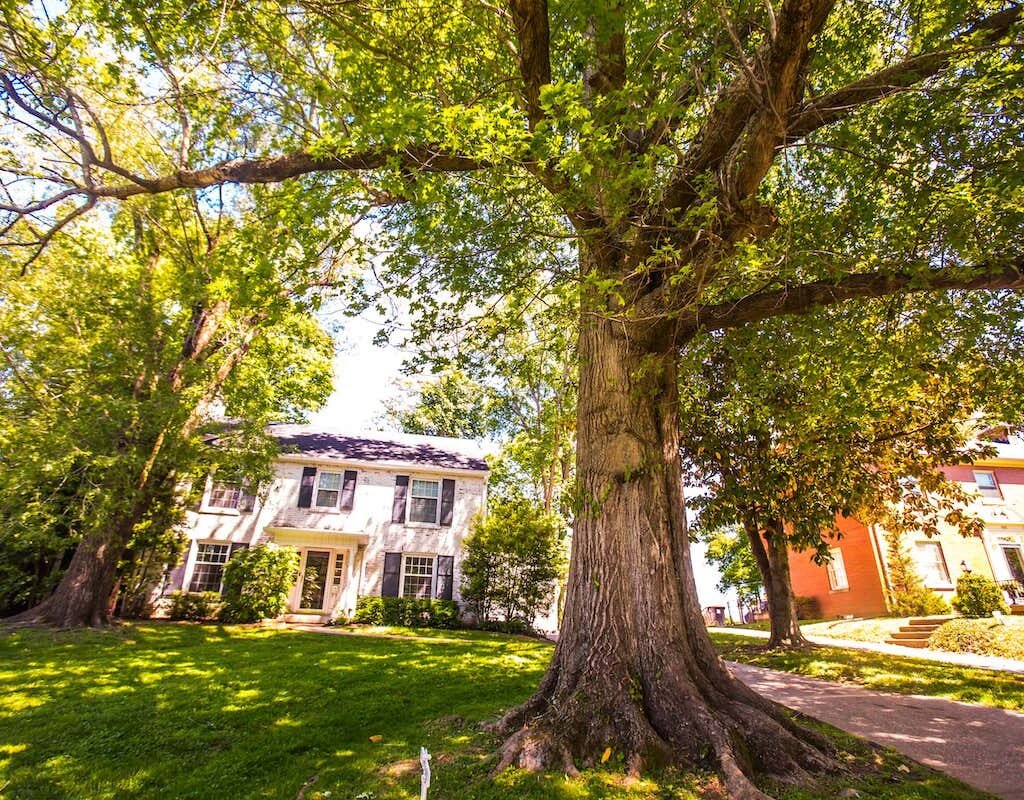
A small yard means every plant must earn its place. Look for trees that provide beauty in multiple seasons.
- Spring: Flowering cherries, magnolias, redbuds.
- Summer: Crepe myrtles, ornamental crabapples.
- Fall: Maples, ginkgos, dogwoods with fiery foliage.
- Winter: Paperbark maple, holly, or evergreens for structure and color.
Step 6: Consider Tree Shape and Form
The form of a tree can dramatically affect how it fits into a small space.
- Columnar Trees: Narrow and upright; perfect for tight spots (e.g., Columnar Hornbeam).
- Weeping Trees: Add drama without taking up much ground space (e.g., Weeping Cherry).
- Dwarf Varieties: Specifically bred to stay compact (e.g., Dwarf Alberta Spruce).
Step 7: Avoid Common Mistakes
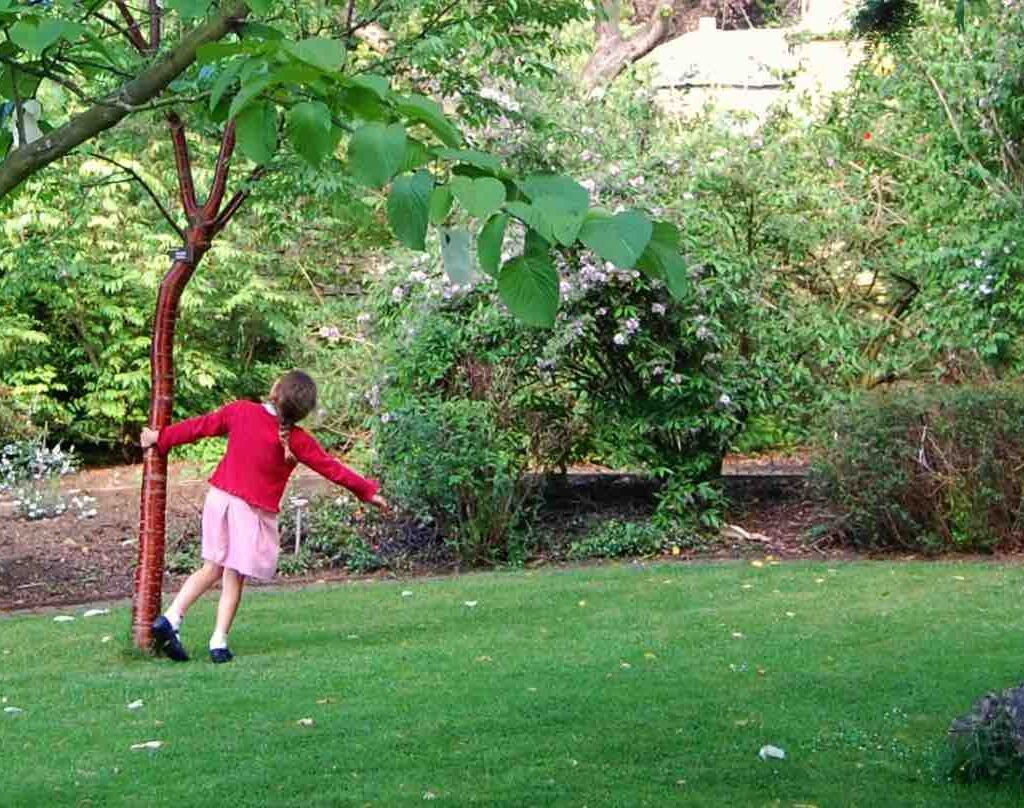
Planting a tree in a small yard requires foresight. Avoid these pitfalls:
- Planting Too Close to the House: Roots and branches can damage siding, windows, or foundations.
- Ignoring Mature Size: A cute sapling may become a monster in 10 years.
- Overplanting: Too many trees can make a small yard feel cramped and unhealthy.
- Choosing Messy Trees: Some species drop sticky sap, invasive roots, or too much fruit.
Best Trees for Small Yards (Expert-Approved)
Here’s a curated list of trees that thrive in compact landscapes:
- Japanese Maple (Acer palmatum): Elegant, colorful foliage; thrives in partial shade.
- Serviceberry (Amelanchier): Multi-season beauty with flowers, fruit, and fall color.
- Eastern Redbud (Cercis canadensis): Stunning pink spring blooms.
- Crape Myrtle (Lagerstroemia): Long summer blooms; works well in warm climates.
- Dogwood (Cornus florida): Iconic spring flowers and red fall berries.
- Columnar Hornbeam (Carpinus betulus ‘Fastigiata’): Narrow shape ideal for screening.
- Holly (Ilex): Evergreen structure with red winter berries.
- Magnolia ‘Little Gem’: Compact magnolia with fragrant blossoms.
- Dwarf Fruit Trees: Provide both food and beauty without overwhelming space.
- Paperbark Maple (Acer griseum): Unique exfoliating bark for winter interest.
Planting Tips for Success
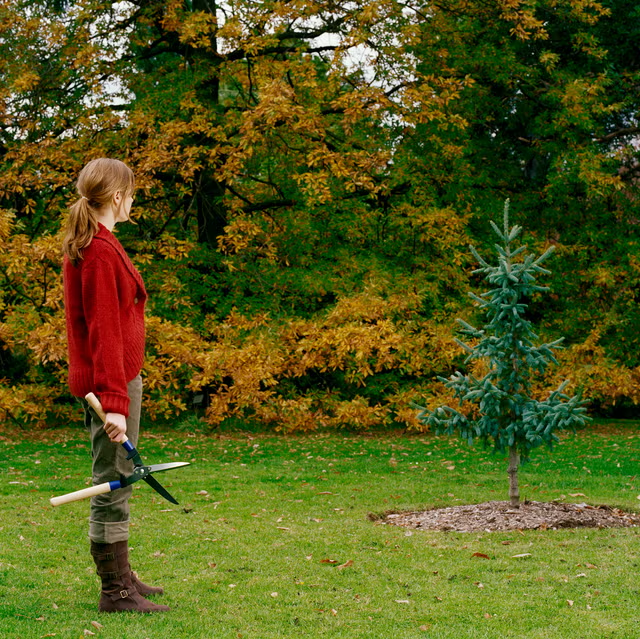
Once you’ve chosen the right tree, give it the best start possible.
- Dig Wide, Not Deep: A hole twice as wide as the root ball helps roots spread.
- Mulch Wisely: Apply mulch in a 2–3 inch layer, but keep it away from the trunk.
- Water Deeply: Especially in the first two years, water thoroughly rather than frequently.
- Prune Carefully: Remove dead or crossing branches, but avoid heavy pruning.
Final Thoughts
Choosing the right tree for a small yard is about balance—balancing beauty, function, and space. By considering mature size, growth habits, and seasonal interest, you can find a tree that enhances your yard without overwhelming it.
Think of your tree as an investment. With the right choice, it will add shade, charm, and value for decades to come. Whether you want a flowering focal point, a privacy screen, or a low-maintenance shade provider, there’s a perfect small-yard tree for you.
So, before you head to the nursery, measure your space, define your goals, and select wisely. With thoughtful planning, your small yard can enjoy the big benefits of the perfect tree.
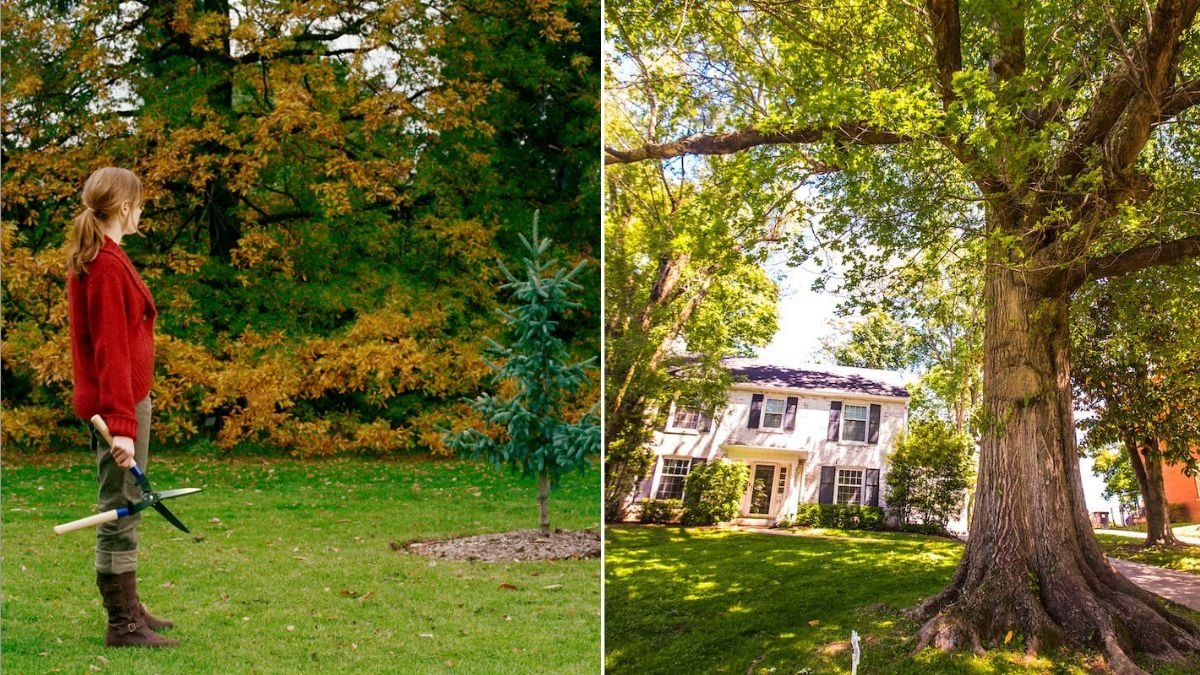





Leave A Comment